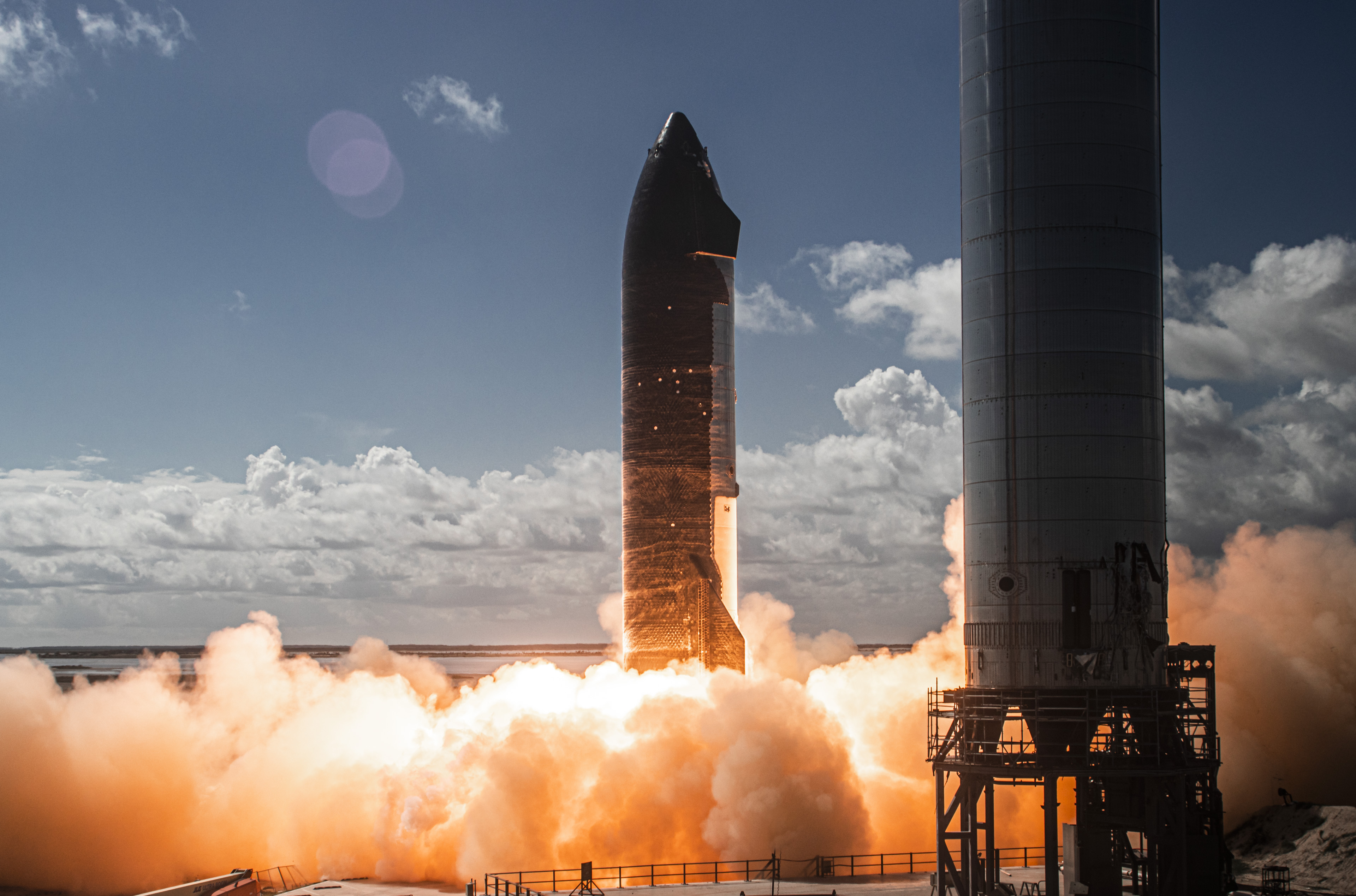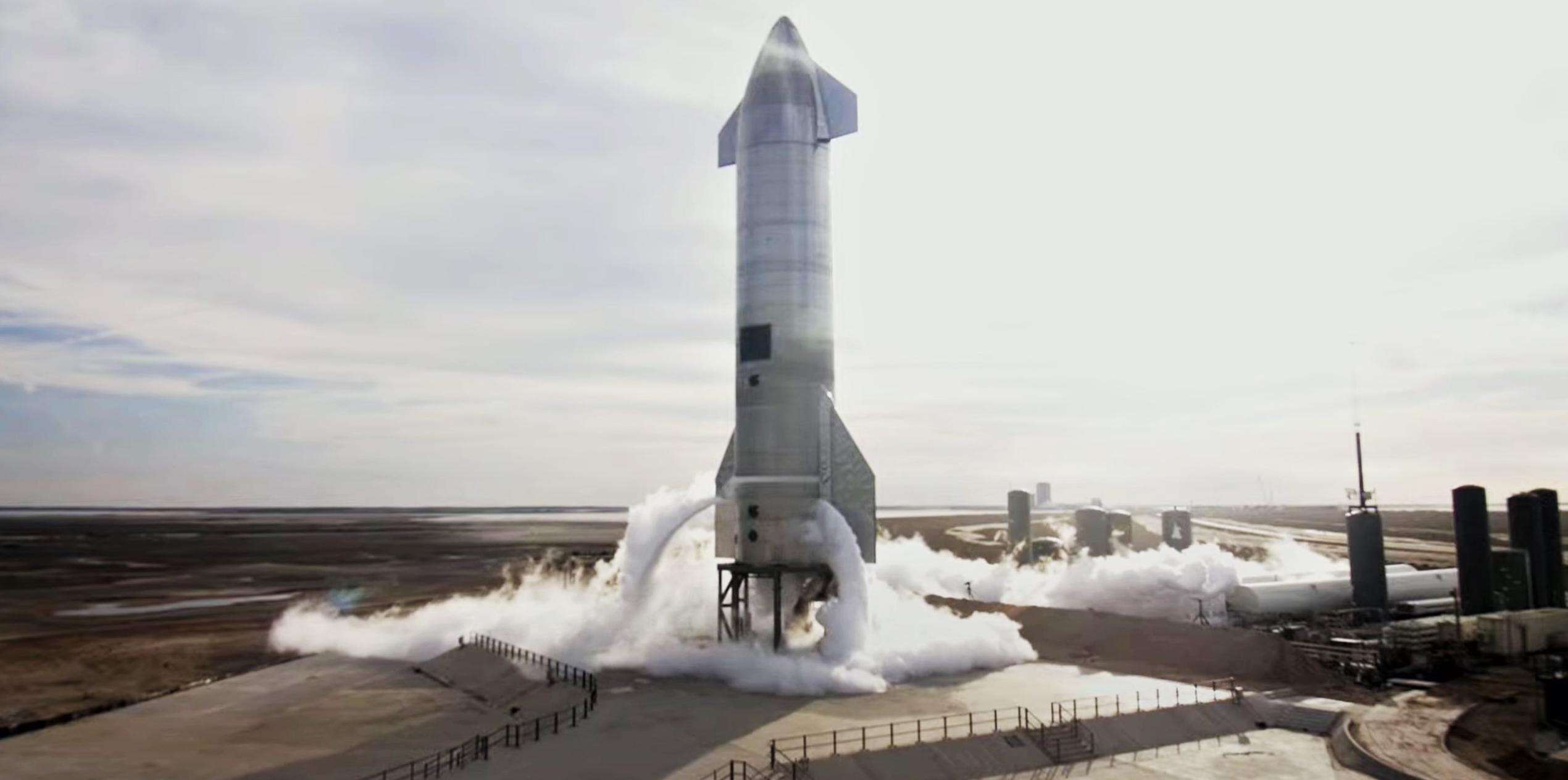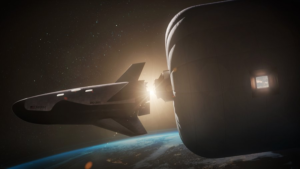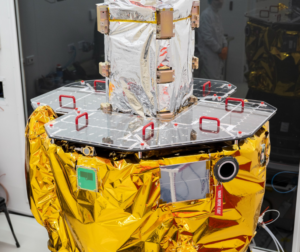
Comparing SpaceX’s Starship & China’s Long March 9
Starship has been making immense strides in the space industry. Each test along with constant construction at Starbase brings the ambitious launch vehicle’s goals closer to fruition. However, SpaceX is not the only company or agency working on a next-generation launch vehicle. While information is slim, China is working on the next iteration of the Long March rocket family with the Long March 9.
Assuming both launch vehicles succeed throughout development and can do what is expected, Starship will still have a big advantage. Starship is expected to be bigger, more powerful, and a lot cheaper. However, Starship has an expected payload to low Earth orbit of 100-150 tons. This number comes close to the Long March 9 with an estimated 140-150 ton payload capacity to low Earth Orbit.
While payload capacity to low Earth orbit is a very important number, there are a lot of additional factors that decide the effectiveness of a launch vehicle. For this reason, whether Starship can lift as much weight or not, it will still have a big advantage over the Long March 9. It’s also important to point out that Starship is planned to have its first full launch in late 2021 or early 2022 while the Long March 9 is expected to fly for the first time near 2030.
Long March 9 & Starship Background

The Long March 9 is China’s super heavy carrier launch vehicle meant to be one of the most powerful in the World. As the name suggests the Long March 9 is the ninth iteration of the Long March rocket family. China has used these rockets for many different applications such as putting large satellites in Earth’s orbit and even going to Mars. Looking at previous models such as the Long March 5 you will see a similar vehicle design just a lot smaller and less powerful. This rocket has a decent track record including complex missions to Mars. However, there is very little information on the Long March 9. Other than estimated vehicle specs there is a lot we don’t know. It’s likely this will stay the case until it starts flying if successful.
This is completely opposite to SpaceX who is building Starship. Between animations, testing, progress updates, and more, we know practically everything about Starship and its plans. The launch vehicle is planned to be the biggest and most powerful rocket in the world. SpaceX is working on Starship for future missions to the Moon, Mars, Earth’s orbit, and much more. The private space company has been putting an immense amount of effort into the production, development, and testing of their newest next-generation launch vehicle. This is primarily happening at Boca Chica, Texas, where Starbase is located.
Comparing Key Features

Size – The first feature I want to compare is the size of both launch vehicles. While the size of a rocket is primarily just propellant storage, it can still play an important role in the different capabilities of the launch vehicle. Starting with the Long March 9 which stands at 103m tall and 9.5m to 10m wide. This width comes from the first stage primary booster along with four additional boosters attached to the core stage. In comparison, Starship is working out to be a consistent 9m wide throughout the entire launch vehicle and 120m tall. In terms of volume, Starship will be the bigger rocket. Looking at Starship’s size and capabilities this will help provide more space for different cargo. Practically all of Starship’s booster will be filled with propellant and about 2/3rds of the upper stage will as well. This still leaves a significant amount of room for satellites, humans, etc. As for the Long March 9, majority of the rocket is propellant storage through the multiple boosters on the first stage.
Power – The next metric I want to focus on is power. This is one area where Starship really stands out compared to current, past, and future launch vehicles. A full Starship stack including a Super Heavy with over 30 Raptor engines is estimated to produce around 16 million pounds of maximum thrust. This number dwarfs past powerful rockets such as the Saturn V at around 8 million pounds of thrust. The long March 9 is expected to not have nearly as much power. Looking at estimated payload capacities to low Earth orbit is where the comparison gets interesting. SpaceX’s Starship is working towards bringing between 100 and 150 tons into low Earth orbit. The Long March 9 has an estimated payload to LEO of 140-150 tons. This is arguably the most impressive stat regarding the Long March 9. If development is successful and this payload to LEO estimate is correct it would be extremely impressive.
Cost – While the power and size of a launch vehicle are very important, an affordable cost per launch can determine how often the rocket actually flies. Practically all aspects of Starship have been designed with cost per launch in mind. This includes build materials, development, manufacturing, and reusability. SpaceX and Elon have mentioned that Starship’s future cost per launch goal is $2 million. If successful, Starship would practically break the space industry with a launch cost that low. SpaceX could easily afford to consistently build and launch Starship. It is unclear the cost per launch of China’s Long March 9. However, we can safely assume it will be nowhere near $2 million per launch. There are a lot of reasons for this but the primary is the lack of reusability. The Long March 9 is planned to be an expendable rocket. This means that practically every part is built for single use. This is a lot easier than reusing the rocket but much more expensive and timely. Starship on the other hand is working to become a fully reusable launch vehicle. This will help bring the cost down and speed up the launch process.
Progress – The last factor I want to compare is the current progress. Starship is much further along than the Long March 9. Starship is planned to have its first launch in late 2021 or early 2022. The Long March 9’s first launch is set for 2028 or 2029. This means Starship has about a 7 year lead on the next-generation launch vehicle. One of the ways SpaceX and Starship excel is through the development and testing process. SpaceX has managed to build and test Starship faster than any launch vehicle we have seen in the space industry. Currently, Starship has gone through a long list of tests including cryogenic tests, static fires, 150-meter hops, and 10-kilometer flights. All of which have been performed on many different Starship prototypes. The Long March 9 is still very early in development. A lot of work has to be done prior to any physical tests on prototypes. Its also likely a lot will change between now and 2028 with the design and plan for China’s Long March 9.
Conclusion
While there are a few similarities, Starship and China’s Long March 9 have a lot of differences. Starship is currently far into development thanks to SpaceX’s fast progress and aggressive testing campaign. The Long March 9 is very early in development and still has a long way to go. Assuming both launch vehicles achieve their goals and estimated numbers, Starship will have a lot of advantages. Starship is expected to be bigger, more powerful, fully reusable, and cost-effective. However, both launch vehicles have an estimated payload to low Earth orbit of around 150 tons. Starship and the Long March 9 are both planning to be very impressive launch vehicles. Both will help increase our access to space and spark new discoveries. We will have to wait and see how each rocket develops and its impact on the future.



